Ahlat is a town in Turkey’s Bitlis Province in Eastern Anatolia Region. It is the seat of Ahlat District. Its population is 27,563 (2021). The town of Ahlat is situated on the northwestern shore of Lake Van
the town, known by its Armenian name of Khlat or Chliat in the ancient and medieval period, was once a part of the district of Bznunik’. The town was taken by the Arabs during the reign of Caliph Uthman (r. 644–656); in 645, Uthman instructed the governor of Syria, Mu’awiyah ibn Abi Sufyan, to send Habib ibn Maslama al-Fihri in an expedition to Byzantine-controlled Armenia—although some sources insist that the Caliph commissioned Habib directly. During the next four centuries, the town was ruled by “Arab governors, Armenian princes, and Arab emirs of the Qays tribe”. In the early eighth century, Arab tribes settled in the region, and the town became part of the Arab Kaysite principality. Ibn Hawqal (died ca. 978) mentioned the town as an important stopover point on the Urmia-Mayyafariqin trade route. In about 983, the town was controlled by a Kurdish chief named Bāḏ (in Armenian spelled as “Bat”); thereafter, the town was associated with the Kurdish Marwanids (centered in Diyar Bakr), which sprang from Bāḏ. In the winter of 998, the Curopalates David III of Tao besieged Khlat but was unable to capture it, partly because of his contemptuous treatment towards its Armenian population. In 1057, Herve Phrangopoulos retreated here with 300 Norman knights after breaking with Michael VI but was betrayed by Aponosar (Abu Nasr), the emir of the city.
After the Battle of Manzikert (1071), the Seljuk army, led personally by Sultan Alp Arslan (r. 1063-1072), took possession of the town. The Seljuks then gave control over the town to the Turkmen slave commander Sökmen el-Kutbî. Sökmen and his successors were known as the Shah-Armens (or Ahlat-Shahs) and made the town their capital. In the 11th century accounts of Nasir Khusraw (in his Safarnama) the town of “Akhlat” is mentioned. According to the Institute of Ismaili Studies (who cite Thackston, W. Wheeler McIntosh, ed. trans., Nasir-i Khusraw’s Book of Travels (Costa Mesa, CA: Mazda Publishers, 2010), 8.), the excerpt goes as follows: “From there (Harran) we arrived in the city of Akhlat on the 18th of Jumada al-Awwal [November 20 CE]. This city is the border town between the Muslims and Armenians, and from Bekri it is nineteen leagues. The Prince, Nasruddawla, was over a hundred years old and had many sons, to each of whom he had given a district. In the city of Akhlat they speak three languages: Arabic, Persian, and Armenian. It is my supposition that this is why they named the town Akhlat. Their commercial transactions are carried out in puls (possibly ancient Roman and Greek coins), and their rotel (Armenian money) is equivalent to three hundred dirhems.”
With the decline of the Seljuks, and the new political upheaval presented by the invasions of the Khwarezmian Empire and the Mongol Empire,the town became briefly disputed between the Ayyubids, the Kingdom of Georgia and the Sultanate of Rum (the Anatolian branch of the Seljuq dynasty). In the 12th century, the town and its adjacent territory was conquered and vassalized by the Kingdom of Georgia. In this period Georgians called city by name Khlati, modified native Armenian name Khlat. Following the Battle of Köse Dağ (1243) and the fall of Baghdad (1258), the town, “together with eastern Anatolia and upper Mesopotamia”, became part of the Mongol Empire. The Mongols added Ahlat to the Ilkhanate division, and in the ensuing period, the Ilkhanid rulers minted coins in Ahlat. According to Hamdallah Mustawfi (died 1349), the revenues provided by Ahlat under the Ilkhanids, amounted up to 51,500 dinars. After the Ilkhanate, Ahlat became part of the Jalayirids and then the Ak Koyunlu.
Ahlat and its surroundings are known for a large number of historic tombstones left by the Ahlatshah dynasty, also known as the Shah-Armen, Shah-i-Arman, or Ahlat-Shah dynasty. Efforts are presently being made by local authorities with a view to including the Tombstones of Ahlat the Urartian and Ottoman citadel on UNESCO’s World Heritage List, where they are currently listed tentatively.
In recent years, Ahlat also came to be known for the quality of its potatoes, which carved themselves a sizable share in the Turkish agricultural products market.

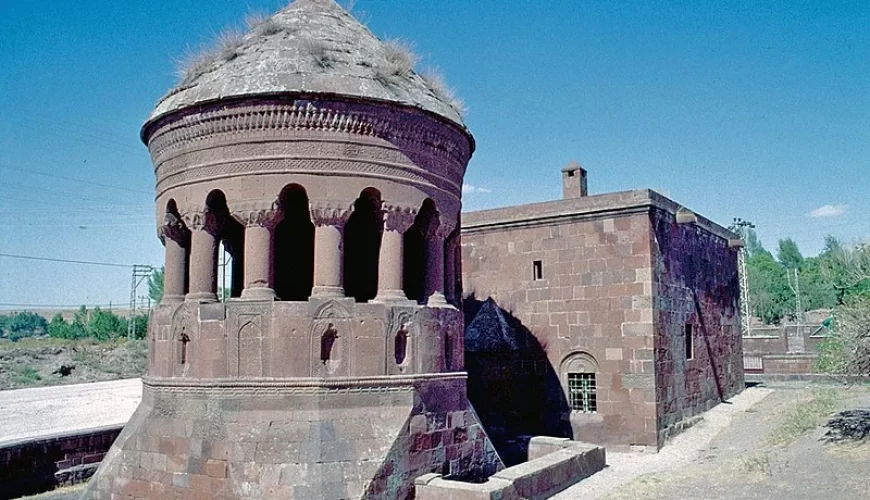

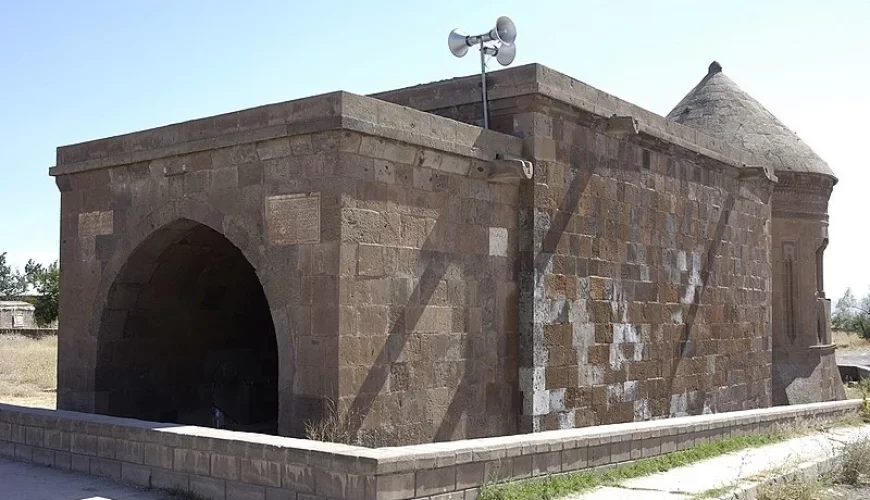


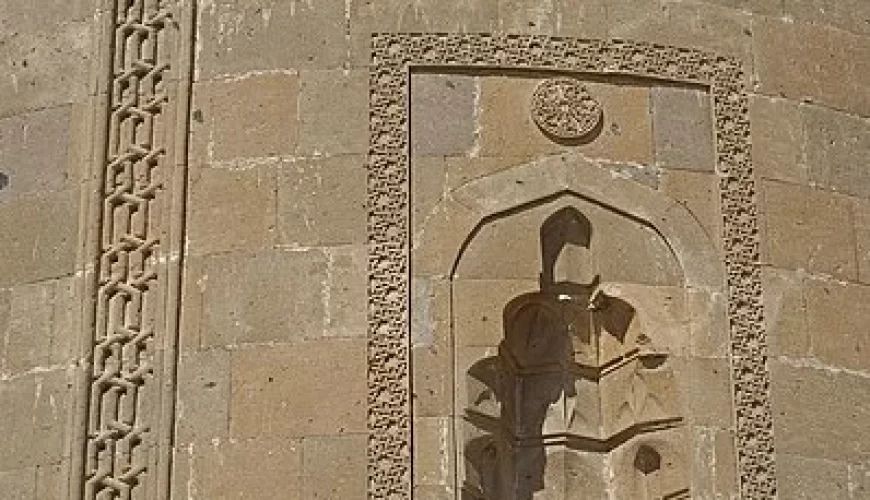
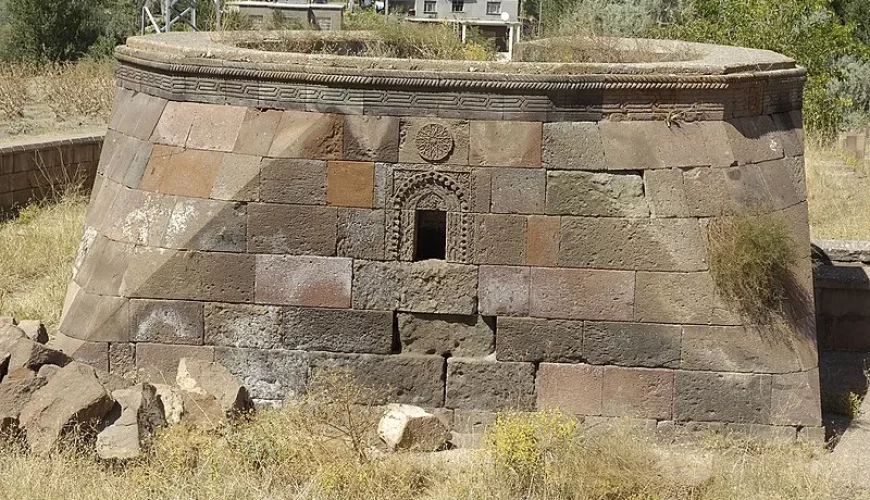
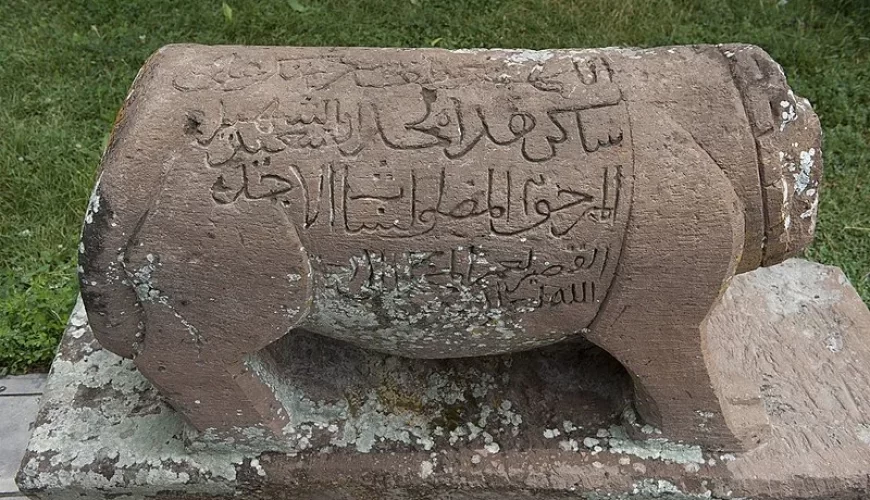
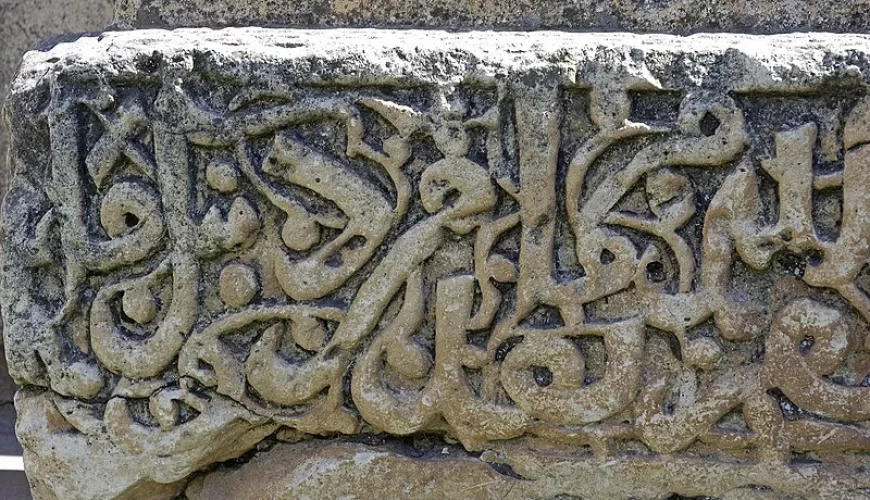
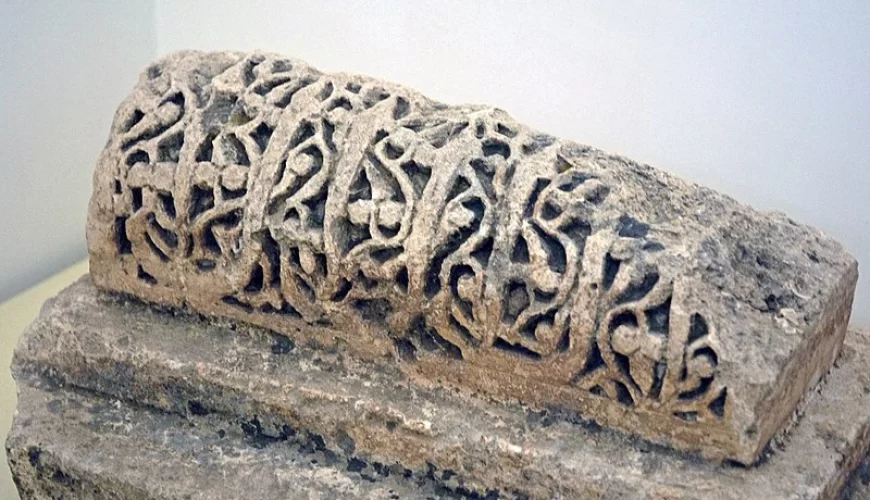

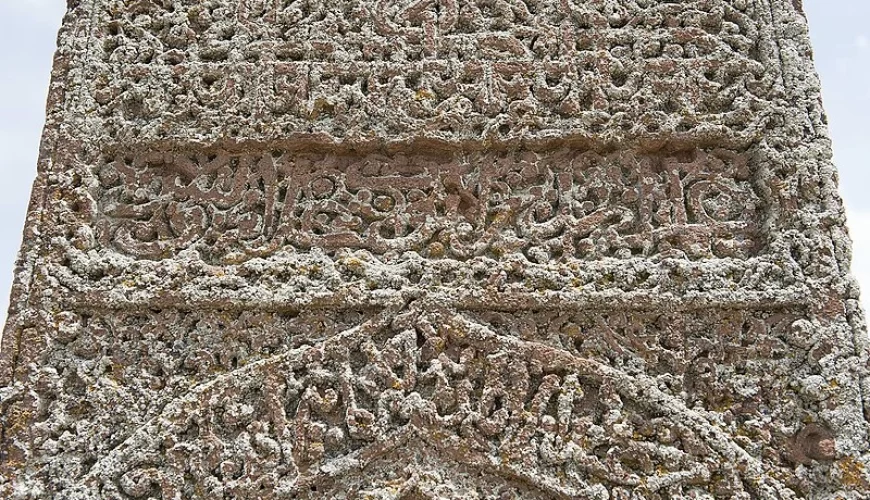

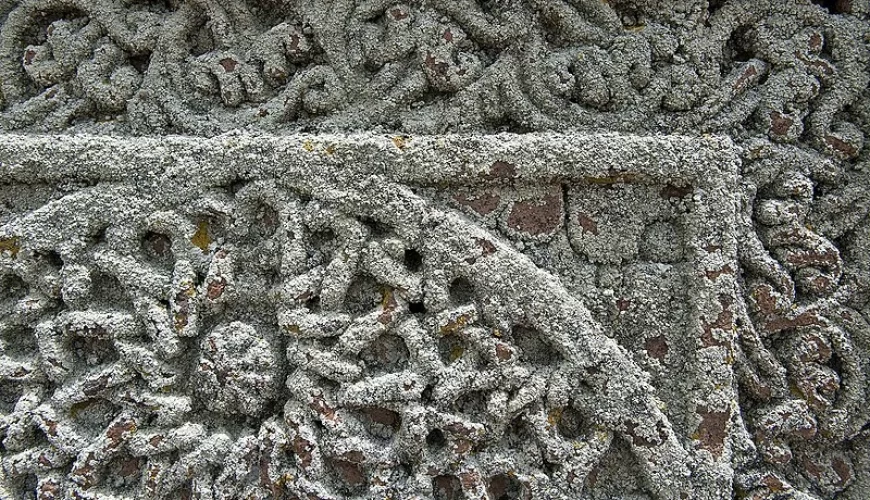
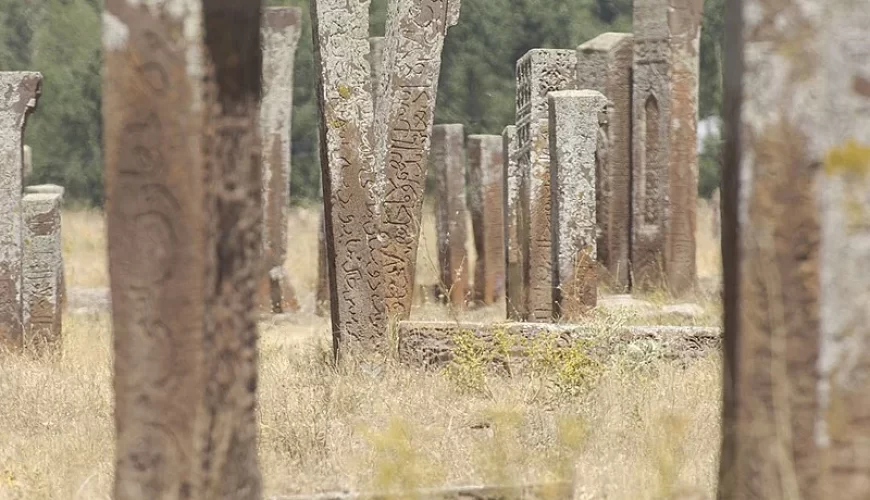
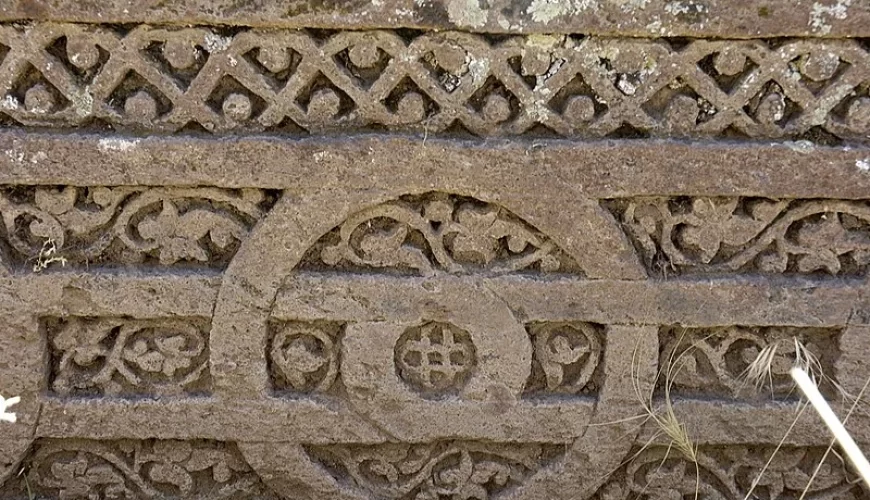
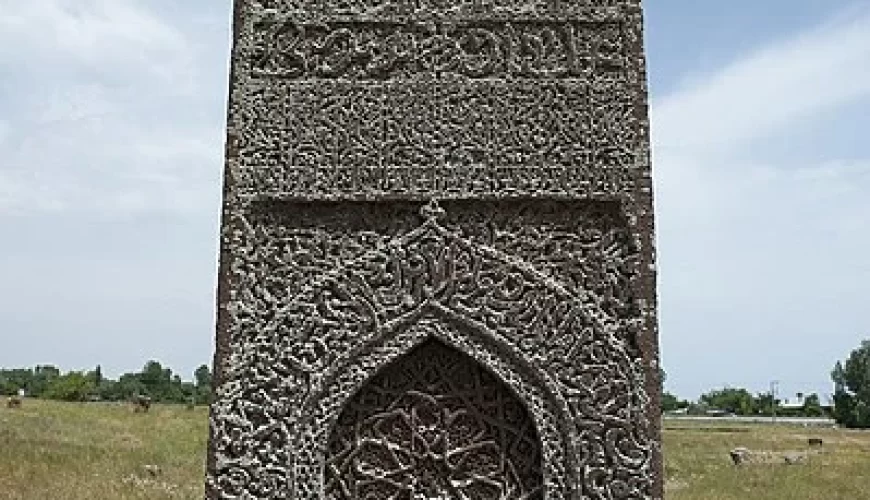
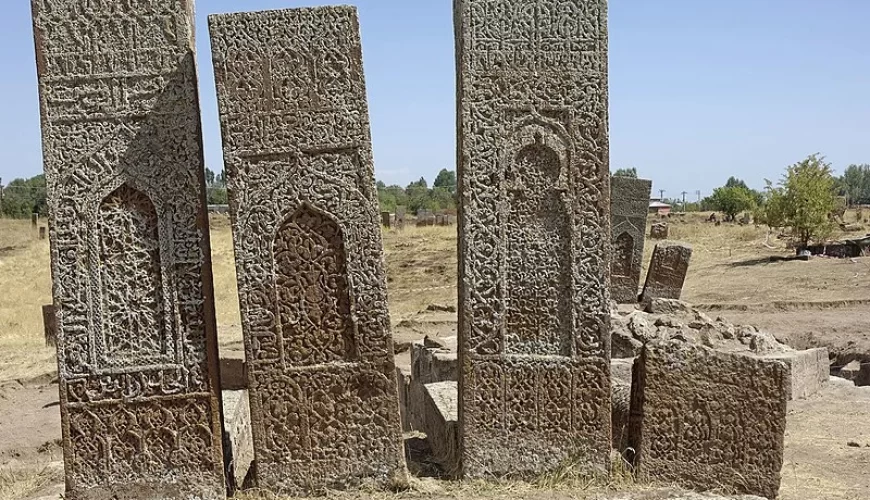
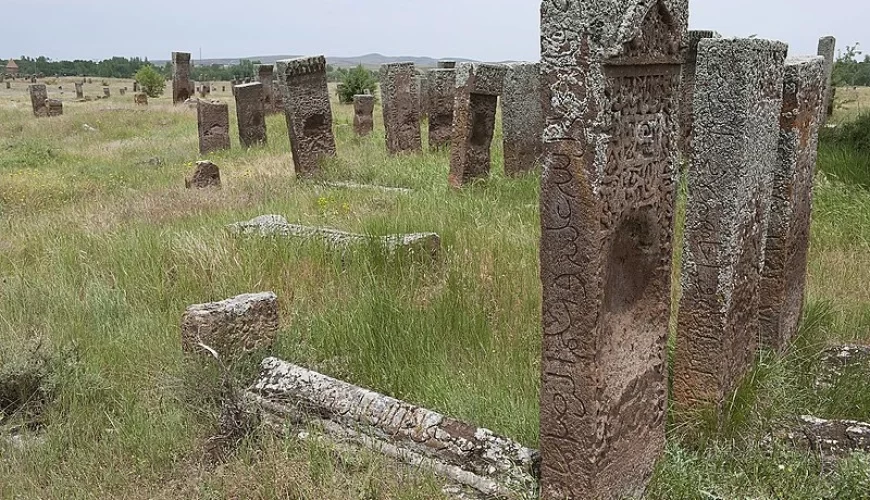
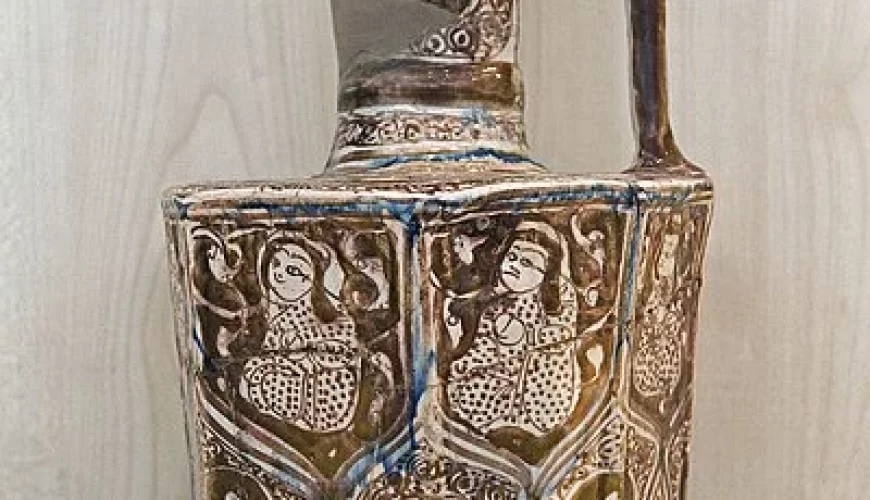
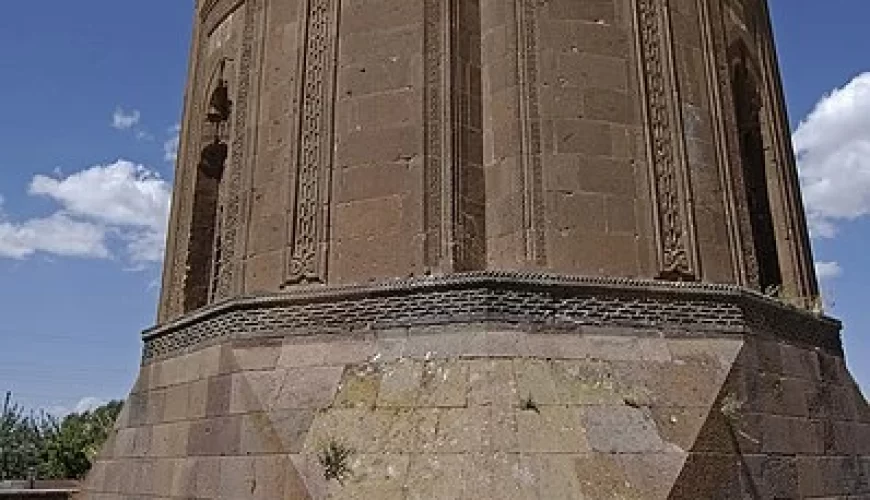
Comment (0)